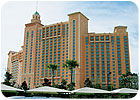
Two speakers presented workshops regarding showroom selling and merchandising at the Omni spring meeting in Orlando this past February.
Here are highlights of those presentations.

Jason DeBruer, training specialist at Basco
Jason DeBruer, training specialist at Basco, spoke about “Showroom Selling – Eliminating The Fear Factor,” and shared an eight-step process for selling glass shower doors: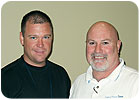
2. Define the surface materials.
3. For fiberglass or acrylic, determine the manufacturer and model number.
4. Review the models that fit the customer’s application. Most often a tub application will use a sliding door. Check modular opening dimensions, frame options and models available.
5. Ask the customer to select the type, model and unit number.
6. Discuss glass and frame options. There is a trend toward accenting other finishes in the bath with the shower door frame. Have frame boards and key chains with samples of finishes so customers can match them to their lighting fixture or faucet finish.
7. Present the price and ask for the order.
8. Determine the exact size and finalize the order.
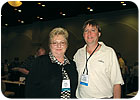

Carolyn Peters, national sales and marketing manager at Masco Design Solutions
Carolyn Peters, national sales and marketing manager, Masco Design Solutions, spoke about “Your Showroom: Trends & Merchandising 2007.”Here are some of her key points:
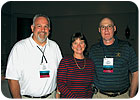
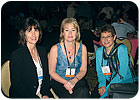
1. Lay out the showroom with the proper flow and traffic paths. You don’t want the customers to see everything when they walk in the door.
2. Pay attention to the proximity of products with retail lighting and show consistency with displays.
3. Ambience: Create an experience so people will come back.
4. Focus on the functionality of displays - they should be easy to use.

Masco Design Solutions is a value-added service company within the Masco family that offers commercial interior design and specializes in wholesaler showrooms and builders. For more information, visitwww.mascodesignsolutions.com.
